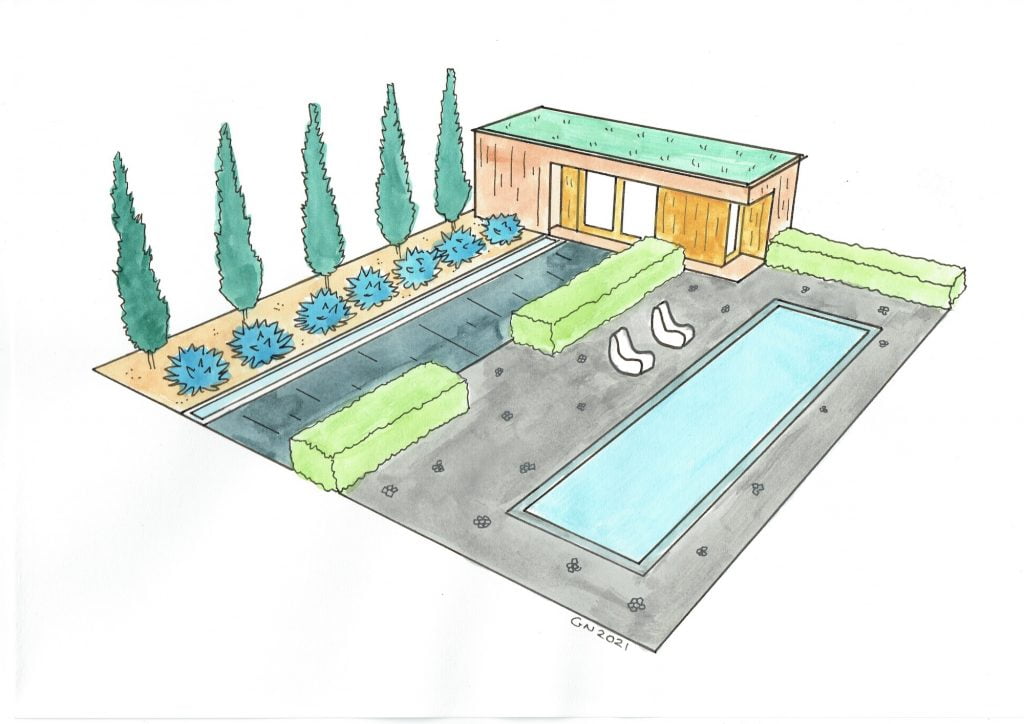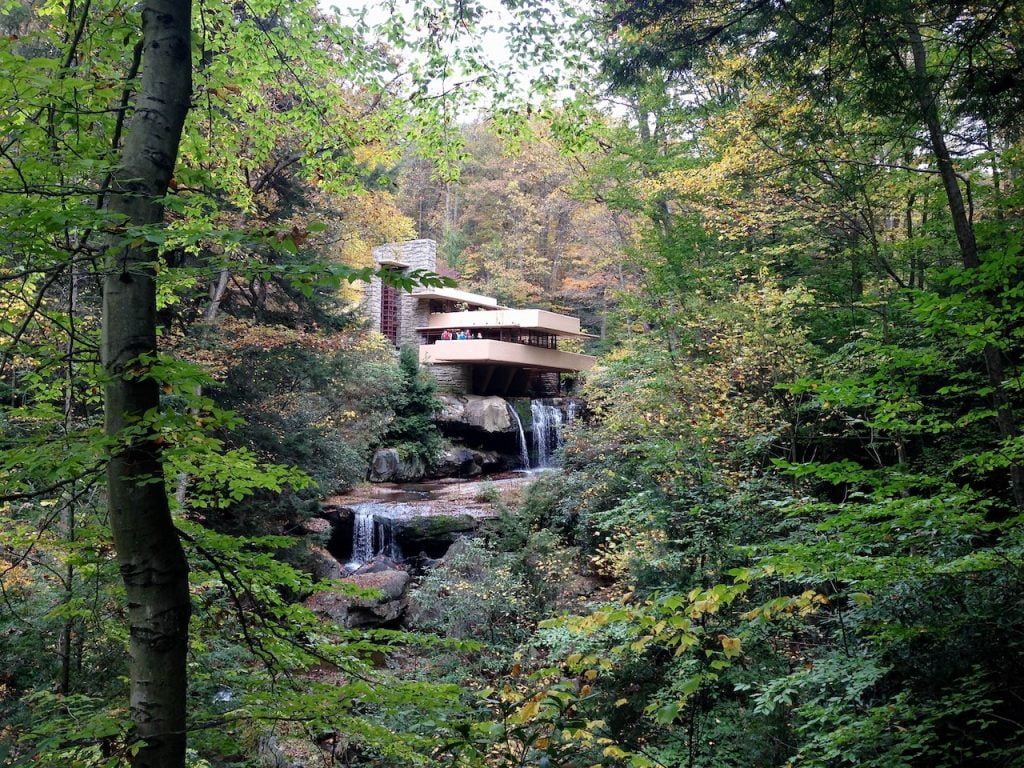Modernist Garden Design Guide: how to design a high impact garden
 Lee Burkhill: Award Winning Designer & BBC 1's Garden Rescue Presenters Official Blog
Lee Burkhill: Award Winning Designer & BBC 1's Garden Rescue Presenters Official Blog

Modernist garden design is a striking way to design your outdoor space to fully connect it to your home, especially if you're completely renovating your house with a super slick modern look. This design style is very distinct and very much requires an 'all in' approach.
Ideally, the modernist garden design will be part of a house build or renovation. That's because modernism is an immersive design that aims to connect the house to the garden connecting forms, materials, lines and viewpoints. It focuses on function and simplicity at the same time. Completely and unapologetically contrary to the norm!
Modernist gardens don't work well with period properties, given they aim to rebel against such detail-rich styles. They want to throw away that rulebook and open up the space to simplicity. Using striking clean lines, architectural plants and materials. However, modernist garden design can work really well with new build properties.
Especially if they have features like bi-fold doors, open-plan living or large picture windows. If you think of those striking Hollywood hill houses that are rectangular, jut off from the hills with cantilever patios, and use clean, bright materials and long infinity pools then you're on the way to recognising modernist design!
There are a few key elements in modernist garden design, and the aim is to use restraint and do a few things with high impact. Almost as if the bits that have been left out further accentuate the design style. It can sound a bit cryptic, but let's take a deeper look at the principles.
Modernist gardens rely heavily on asymmetry, often complementing the house they connect to. They follow clean, flowing lines. Often only one or two views are accentuated. They use a restricted planted palette, often with colour blocking or grouping of plants, textures or materials. Proportion and 'eyelines' or viewpoints are key with this style.

Above is my hand drawn watercolour example of a modernist garden design.
In summary, modernism in garden design uses a geometric, abstract style. It pays no attention to sentiment or emotion, and there are usually no historical nods. I.e. no greek busts, twee willow archways or whimsey! Function rules the roost, and restraint is the key power at play. These gardens are for true early adopter free thinkers who make their minds up and then execute that vision.
Did you know that you can take my course and learn how to become a Garden Ninja yourself? Click here for details
We couldn't discuss modernist design without referencing the Bauhaus school of design. Founded in 1919 in the city of Weimar, German Architect Walter Gropius wanted to reimage the world to unify arts, technology and design. Artists, carpenters, textile, and theatre designers, and wood and metal workers all combined their skills. Think of it as a melting pot safe place for designers. In a time when design followed strict fashions and rules.

The movement is still prominent today in design. It focuses on simplicity and using materials that aren't necessarily associated with the designed item. Their club chairs and seats are probably the most recognisable. Just enough design for them to function but no bells or whistles. Very stripped back, again letting the absence of fabric or padding become part of the unique design aesthetic. Modernism to me gives me a sense of intrigue and asking why? These design styles make me stop and think, which I believe is part of the beauty of modernism.

A modernist style chair above.
Whilst bauhaus is not the only form of modernism, it is probably one of the most accessible for new gardeners. In the UK, one of the most classic examples of modernist garden design in the Homewood in Surrey by Patrick Gwynne.

You may also recognise Frank Lloyd Wright's Fallingwater mill design which is a great example of modernism and nature combined. You will either love the two pictures or dislike them. That's the nature of modernism.

The key to the modernist design is to follow both simplicity and restraint. Using one or two key materials rather than a mix of different textures. The design has to fit within the landscape but also be eye-catching. It is this juxtaposition that makes modernism so arresting when done well.
You may take, for example, the stone thats used in the house and then run with the exact material into the garden connecting the two spaces. Reflections and square edges go hand in hand by playing with the light. Whilst curves may be present, these are likely to be very intentional and used in repetition on a large scale. Glass and large rectangular picture windows may help bring the garden into the house and also the framing of the windows pulls the house into the garden.

Modernism challenges the norms and rejects whimsy over function. In doing so, it creates arresting and sometimes breathtaking design examples. Not for the reserved or tentative, these styles no doubt mirror their creator's visions of rebellion and maverick tendencies.
If you think this design style fits you, what's stopping you from causing a stir with your very own modernist garden design style?








JOIN THE NINJAS

Be the first in line for new Guides, Discount codes and Offers